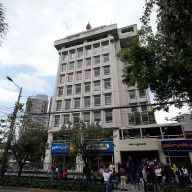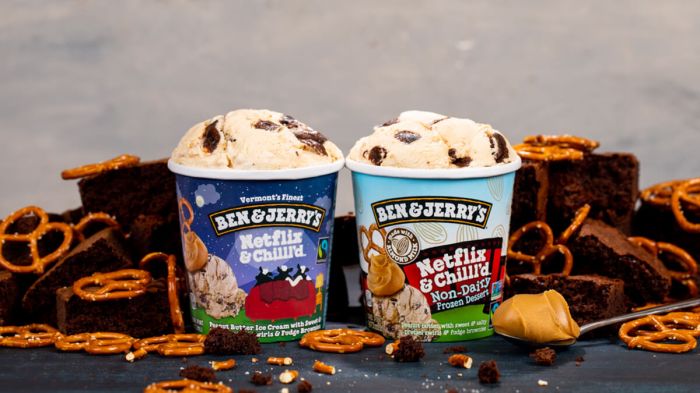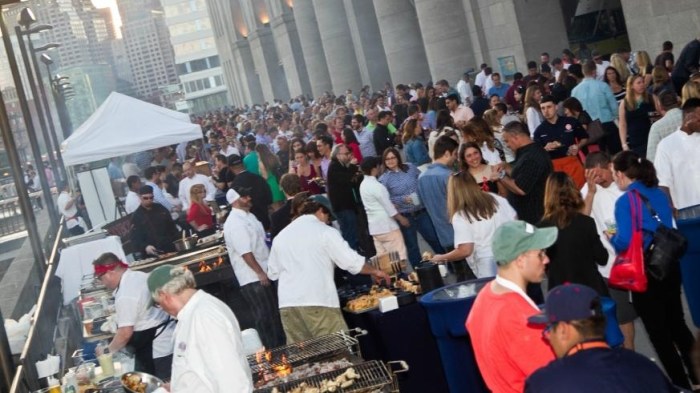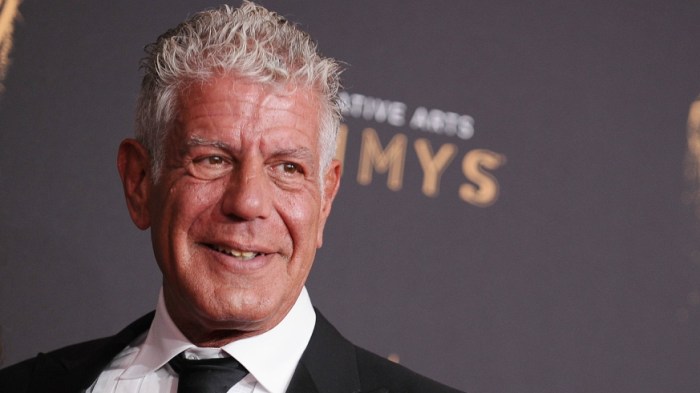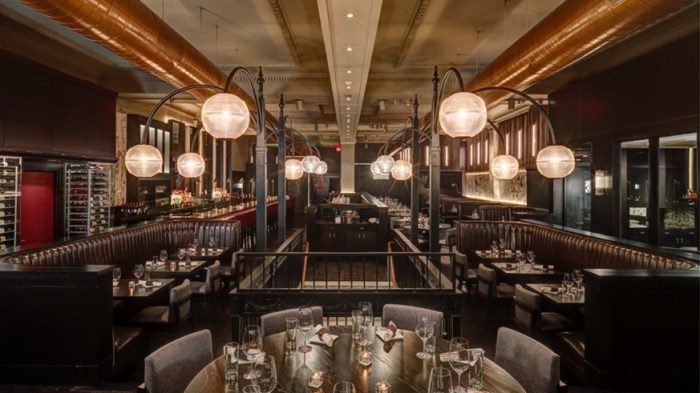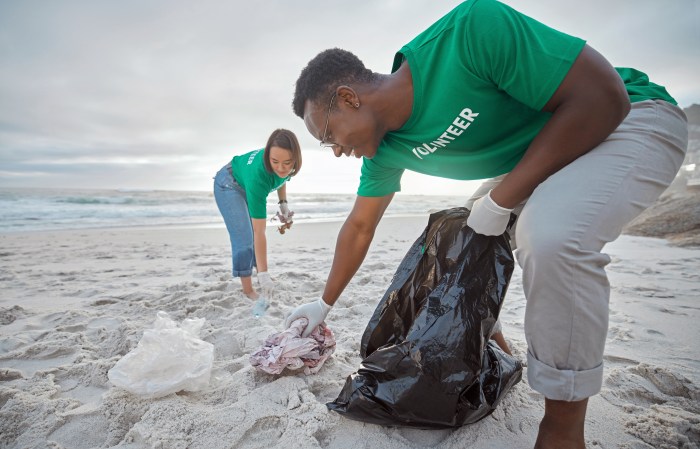A great steak is expensive to put on the dinner table, but few could imagine paying thousands of dollars for just one slab of red meat.
Yet that’s the price tag for one rare cut of beef, sold by Paris-based luxury butcher Alexandre Polmard.
The Frenchman’s slices of ‘boeuf’ from a brand of cattle known as Blonde d’Aquitaine can go in top eateries for a tasty $3,200. To justify the cost, Polmard employs a unique meat-curing technique called “hibernation”, a method developed by his father and grandfather: cold air is blown as speeds of 75mph over the meat in a — 109 degree Fahrenheit environment, before the fare is matured for up to 15 years. Metro spoke to the meat man on what makes his beefed-up produce so appealing. In your view, why is your meat the best?
— When you drink a good wine and your palate becomes educated, you can recognize the variety or what year it is from. The thing with meat it that you’ll never eat the same meat twice, even if you go to the same butcher, because the food the animal had, the breed, the transportation, how it’s cooked – it’s never the same. My father was able to set the optimal maturation time for each part of the meat. Usually, butchers mature the whole carcass at once, made of different muscles. These muscles can have different levels of acidity and varying concentrations of fat, meaning that they don’t require the same maturation. We manage to mature each muscle separately, depending on the pH, the level and quality of the fat it contains. Our approach is very much scientific, we work with engineers in agronomics. Nowadays, we are able to say that this piece of meat requires 52 days of maturation, for example. After that day, it will deteriorate, that’s why we use a technique called hibernation to make it stay in its optimal state. What is hibernation, a technique you’re famous for?
— First is the sealing, where you treat humidity and oxygen that is in contact with the meat, and then a special way of freezing it. Usually, freezing simply destroys the product. When you put a piece of meat in the freezer, the water in it is transformed into crystals. The quicker the temperature drops, the smaller the crystals are. When you freeze a fish or meat at home, the water in it will freeze so slowly, the crystals will blow up the cells. There is also a phenomenon of fat oxidation, which leads to an alteration of the taste. My father wanted to find a process that would allow us to “freeze” the meat in time, in order to retain its identity. After we seal, cold air is blown at speeds of 120 km/h over the meat, meaning that the piece will freeze in just a few seconds. The crystals created are so small that they don’t modify the cells of the beef cut. RELATED: QUIZ: What kind of foodie are you? What justifies the price of the meat?
— Our vintage prime rib comes at a certain price because of the way it is preserved. Keeping a piece of meat for 15 years comes at a cost, but unlike wine, which will improve with time, hibernation won’t improve the taste of the meat – it’s just set at its optimal state. When a restaurant sets the price of a prime rib at $3,200, it’s obviously not the price we sold it to them. A hibernated rumsteak, for example, is €42/kg, which isn’t very expensive. A beef filet can be up to €80, but we have something for everybody. It’s not cheap, but it’s great value for money. We have steaks for €6 in our shop in Paris. One day, I was hosting a tasting for Chinese chefs and chef Fabrice Vulin decided to use our vintage prime rib for his restaurant Caprice in Hong Kong. Our price is between around €1000 a kilo for the oldest ones. With the work they add and their margins, the restaurant had to put it at €3,200. It’s expensive, but I think you have to consider it as an experience. It’s like opening a bottle of Château Pétrus 1929 – the price isn’t worth the actual tasting pleasure itself, it’s all about the experience. We only have 103 prime ribs left from 1998 to 2009. Our meat is certainly one of the tastiest according some of the best chefs in the world. Meat is getting bad press of late, due to health risks associated with red meat and the environmental impact of rearing cattle. How do you respond to this?
— Meat is good for you – having too much of it isn’t, like anything else. Saying that cows pollute because they release gas is a false debate, especially when you see the impact of cars and trucks on the environment, for example. These unsound questions make us forget about real meaningful ones. The issue with overproduction is real. When you see the amount of food that is just thrown away every day, it’s appalling. About the health issue, even I, a butcher, don’t eat meat at every meal. My grandmother used to have meat three times a day, she died at 96 – it’s all a matter of quantity. It also depends on what kind of meat we are talking about, where it is from, what the animal ate, how you cook it. – ByElodie Noël

Nice to ‘meat’ you: Introducing the $3,200 steak
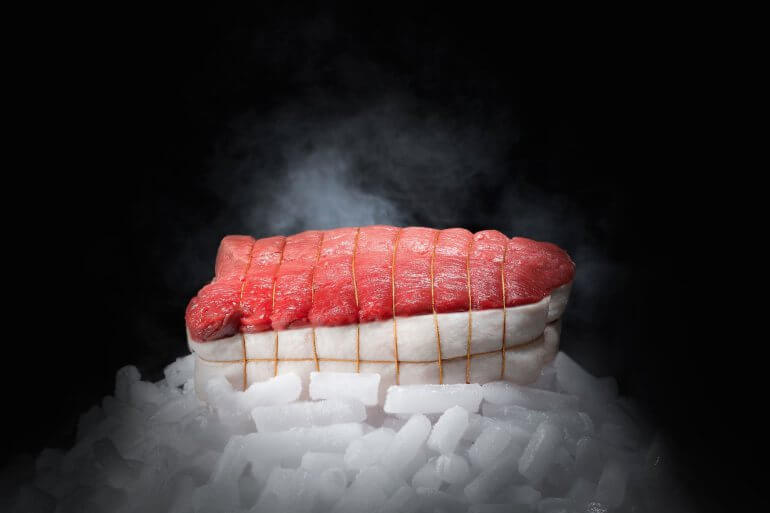
Alexandre Polmard







